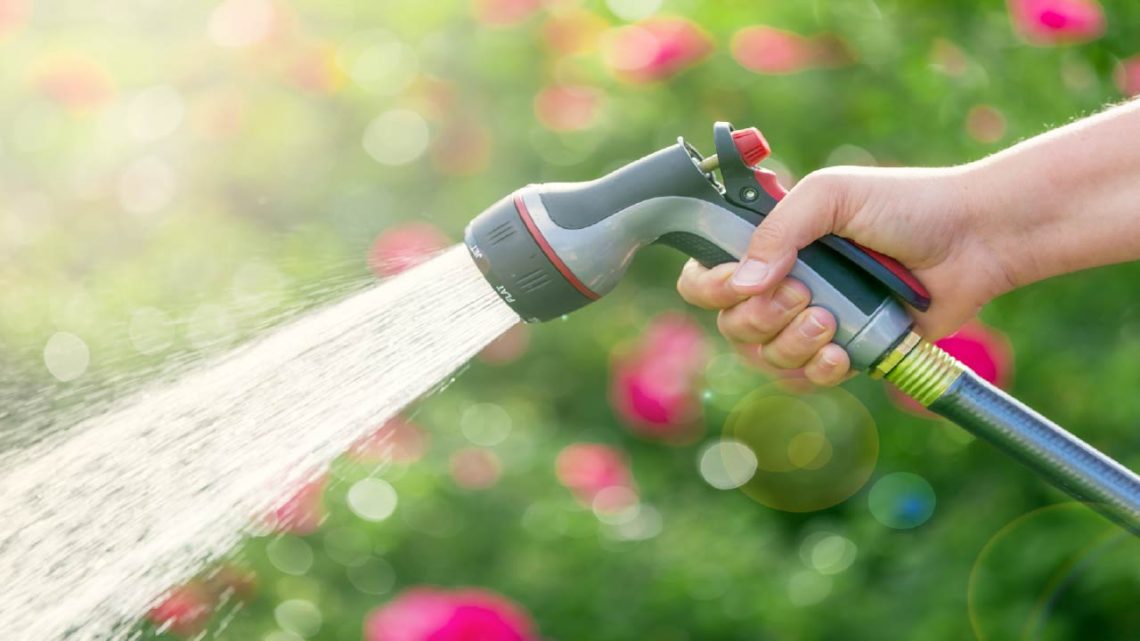Ever stood there, hose in hand, watering your garden and wondered, “Just how much water is actually coming out of this thing?” It’s a surprisingly common question! We often take for granted the simple act of turning on the tap, but understanding the flow rate of your garden hose can be useful for everything from efficient watering to filling up that inflatable pool on a hot summer day. So, let’s dive in and explore the factors that influence how quickly water flows from your garden hose and how you can even measure it yourself.
Understanding Garden Hose Water Flow Rate
The flow rate of water from your garden hose isn’t a fixed number. It depends on a few key things. Think of it like this: a narrow straw will let you drink slower than a wide one, right? Same principle applies here!
Factors Affecting Garden Hose Water Flow
- Water Pressure: Higher water pressure from your main supply means a faster flow rate. Makes sense, doesn’t it?
- Hose Diameter: A wider hose allows more water to pass through at once. Think of it as a bigger highway for water!
- Hose Length: Longer hoses create more friction, slowing down the water flow. Imagine trying to run a marathon versus a sprint – it’s all about distance!
- Obstructions: Kinks, clogs, or a partially closed nozzle will restrict the flow. Always check for these!
- Elevation: If your garden is uphill from your water source, gravity will work against the flow, reducing the rate.
So, as you can see, it’s not just a simple “one size fits all” answer. It’s a combination of these factors working together.
Tip: Regularly check your hose for kinks and clogs to maintain optimal water flow. A little maintenance goes a long way!






